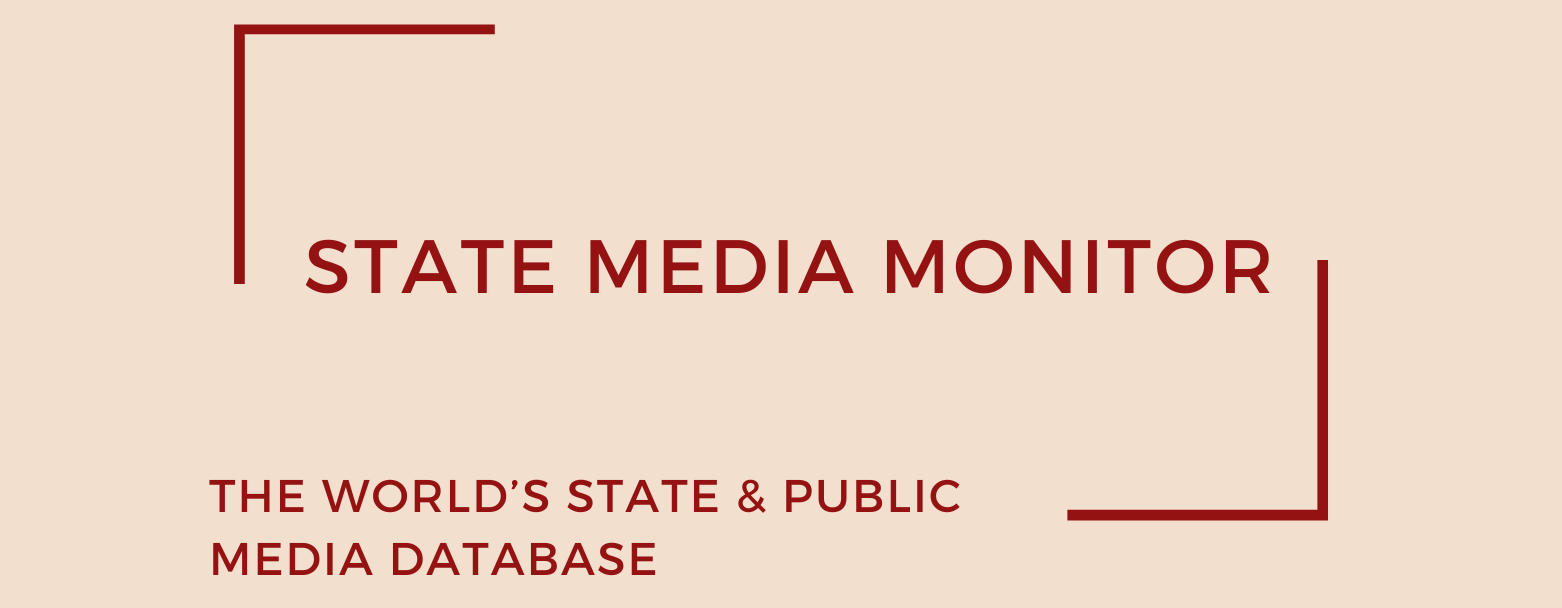Libyan News Agency (WAL)
The Libyan News Agency (WAL), originally established by government decree in 1964, has undergone several transformations in name and function over the decades. Formerly known as the Jamahiriya News Agency during the Gaddafi era, it was renamed WAL following the regime’s collapse in 2011. During Libya’s subsequent political fragmentation, a parallel news agency using the same name was established by the self-styled Tobruk-based government, which lacked international recognition. In a significant step toward institutional unification, the two rival entities were merged in March 2021 following the formation of the Government of National Unity (GNU).
Media assets
News agency: WAL
State Media Matrix Typology
Ownership and governance
WAL was reconstituted in 2011 by a decision of the Executive Office of the Transitional National Council. Since then, according to local journalists and media experts consulted in March and May 2024, the agency has functioned under the de facto authority of the Government of National Accord (GNA), and later the GNU.
No legal documentation clarifying WAL’s ownership structure is available. According to journalists specializing in Libyan media interviewed for this report in May 2025, appointments to its leadership are made solely at the discretion of the ruling government, with no competitive or transparent selection process in place.
Source of funding and budget
There is no publicly accessible financial documentation concerning WAL’s budget or funding streams. However, consistent findings from Altai Consulting’s past media mapping and testimonies gathered by the Media and Journalism Research Center (MJRC) suggest that the agency has been fully financed by state authorities—initially the GNA, and since March 2021, the GNU.
In Libya’s media landscape, where commercial advertising markets remain largely dysfunctional, most news outlets either rely on direct government support or international donor funding. WAL, as a state-owned institution, has not demonstrated any diversification of its financial base.
Editorial independence
Despite post-2011 reforms, WAL continues to operate as a governmental mouthpiece. Interviews conducted with journalists, independent media monitors, and Libyan experts, alongside informal content analysis carried out by MJRC in early 2024, confirm that the agency’s editorial output overwhelmingly reflects the messaging priorities of the sitting government. WAL’s reporting routinely lacks critical scrutiny of official policies and tends to align with the narratives favored by the GNU.
No domestic statute, regulatory safeguard, or external oversight mechanism has been identified that would guarantee or even gesture toward the agency’s editorial independence. WAL’s institutional mandate remains closely tethered to the political objectives of Libya’s executive authority, a legacy reinforced by its origins as a state propaganda tool during the Jamahiriya era.
July 2025
Citation (cite the article/profile as part of):
Dragomir, M. (2025). State Media Monitor Global Dataset 2025.
Media and Journalism Research Center (MJRC).
Zenodo.
https://doi.org/10.5281/zenodo.17219015
This article/profile is part of the State Media Monitor Global Dataset 2025, a continuously updated dataset published by the Media and Journalism Research Center (MJRC).
